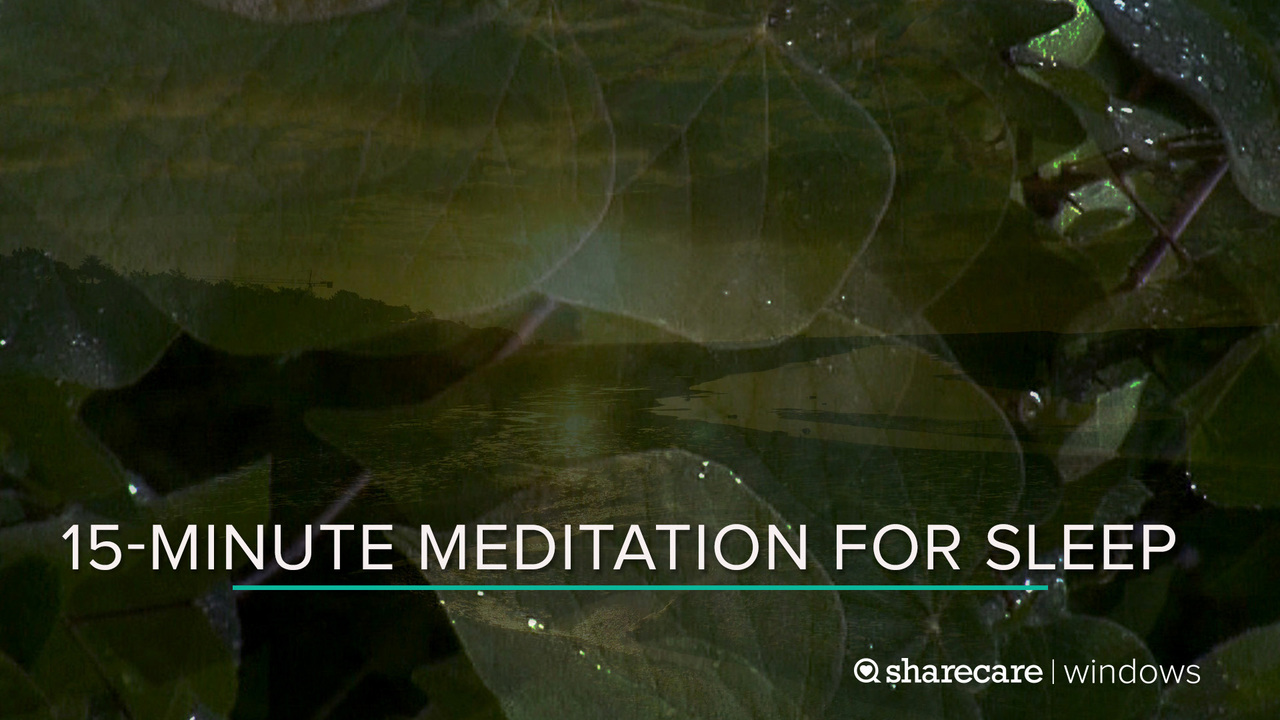Not every meditation technique is the right one for every body. You have your own predispositions and lifestyle habits that make choosing a meditation technique that’s right for you an important process.
As long as we are living and breathing, our minds will be in motion. Our minds are moving even when we sleep. Did you ever notice that when you try to stop the mind, the waves of thought continue? With practice and patience you can begin to steady and calm those waves, but first you need to gather and focus your mind and give it somewhere to rest.
Most meditation techniques share the goal of bringing the mind to rest on an object for meditation. Asking the mind to rest on anything can be a tall order, however, because the mind has an infinite number of directions, it can travel through free association.
The mind never stops. Think about the word “love.” Immediately, you are thinking about everyone who loves you, everyone you love and those who don’t love you. Along with these thoughts you may feel a deep sense of joy when you think of those you love and then a profound sadness when you think of those who don’t love you. When the mind is left unfocused it will wander endlessly and that’s why most of the great meditation techniques talk about using some kind of object to focus the attention.
How do you choose an object for meditation?
There are two choices when looking for a place to let the mind rest in meditation. One is something outside of you, or an external object, and another is something within, or an internal object.
Meditation Using a Candle Flame or Image
An example of an external object might be a candle flame, a flower, or a beautiful image like a landscape. Bring your mind to connect with this external object and then focus attention on it until you feel the urge to close your eyes and draw that image into your heart or mind. Once the image fades, gently open your eyes again and rest on the external object. Here you are straddling both the external and the internal world as you practice. This practice can be very calming and soothing.
This practice may best fit those who…
- Prefer keeping their eyes open or who feel fear when closing their eyes
- Tend to fall asleep in meditation with their eyes closed
- Require a tangible transition from the activities of the day
- Feel uplifted and inspired by the beauty around them
Walking Meditation
We all know walking is good for our health, but did you know it is good for your mind, too? In walking meditation the focus is on the slow movement of your footsteps connecting to the earth each time you take a step. It is done with your eyes open and your attention resting with each step you take. The breath and mind begin to slow down and come into a rhythm.
This practice may best fit those who…
- Have a hard time sitting still
- Don’t want to close their eyes to meditate
- Need a physical practice to help them settle down
- Are inspired by taking in their surroundings in a contemplative way
Mindfulness
Bringing your full attention to what you are doing while you are doing it is called mindfulness. When eating food or doing daily tasks this involves bringing one-pointed awareness to your every action.
This practice may best fit those who…
- Find multitasking causes the mind to be overwhelmed
- Need the transition from work or activities
- Want to bridge the tasks of everyday life with the internal practice of meditation
Breath-Centered Meditation
The breath flows in two directions. By letting your attention rest on this rhythmic flow of breath as it comes and goes, you can gather and focus your attention. When you slow your breath, it soothes and calms the nervous system.
This practice may best fit those who…
- Find the rhythm of breath soothing and grounding
- Are overworked or under a lot of stress
- Experience too much stimulation
- Are prone to anxiety.
Note: In some cases of anxiety or for those who have asthma or other breathing issues, this technique may be too unsettling. In this case, choosing one of the other meditation techniques may be a better place to start.
Meditation Using a Word, Prayer or Mantra
Have you ever witnessed someone quietly repeating the same word over and over again? It’s possible that they are actually practicing meditation. This technique is interwoven with mindfulness so that when thoughts and feelings arise they are held and observed without judgment. As we observe thoughts without judging we can begin to let go of them. It is then that the mind can gently return to its focus/object and rest.
This practice may best fit those who…
- Feel connected to their religious/spiritual tradition and want to bridge meditation with their spiritual life
- Need the support of a sound to hold the attention inward
Meditation on a Feeling
Sometimes your memories of a good feeling can be your meditation technique. This is a practice that calls us inward using a feeling to anchor the attention. We recall a feeling that is uplifting and creates a sense of deep joy or peace. We hold that feeling in the heart and rest in it. When it fades, we return to that feeling and let it fill the heart again.
This practice may best fit those who…
- Want to access emotions
- Who easily access feelings and want to transcend them
- Who spend a lot of time in the mind and would like to balance the thinking with feeling
Every technique has value and you might find that blending the techniques works best. There are no rules, but once you find a technique that works, its important to stay with it so it can take you deeper. In time your practice will lead you to the depths of your own being in profound and powerful ways.
Looking for other ways to live a healthier, happier life? Reverse heart disease and diabetes, lose weight and reduce your cancer risk with these tips from Dean Ornish.
This content was originally published on Ornish Living.






